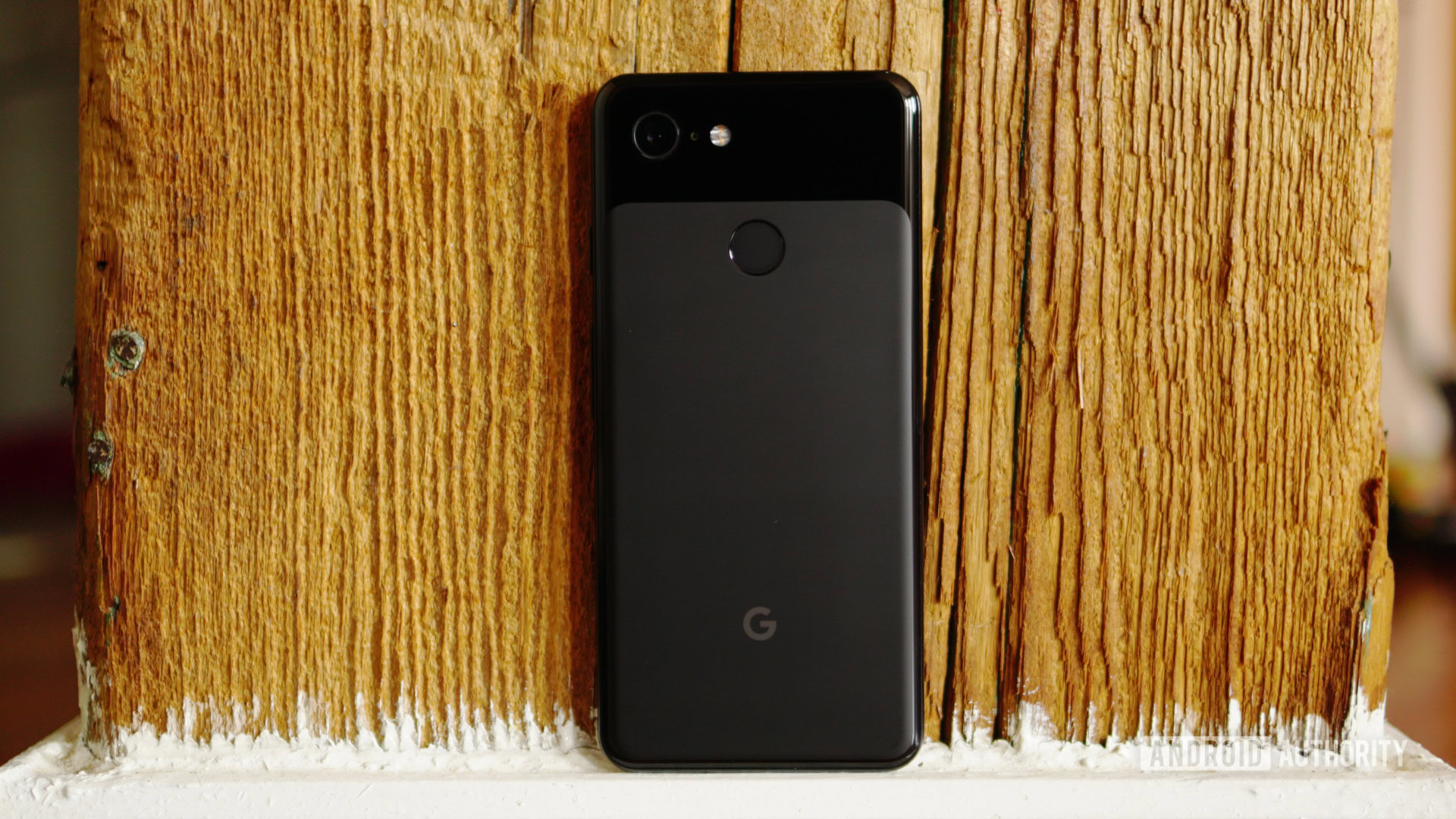Affiliate links on Android Authority may earn us a commission. Learn more.
You can finally mail in your Google Pixel 3 for repairs

Google Pixel 3 repairs have been a bit of a nightmare since the device launched in October 2018. Unlike with the Pixel and Pixel 2, you couldn’t mail in your Pixel 3 to Google’s repair center for it to fix and send back to you. Instead, you’d have to find a physical uBreakiFix location.
Google is finally rectifying this situation, as it appears Google Pixel 3 repairs are now possible through the traditional mail-in process (via Android Police). However, Google is still updating the official documentation and website to reflect this policy change, so you might be confused if you try out the process.

To start a Google Pixel 3 or Pixel 3 XL mail-in repair, click here. Click the blue “Start A Repair Order” button, enter your device’s IMEI number, and keep your fingers crossed that it will accept the repair request. If it doesn’t, that means Google still hasn’t “flipped the switch,” so to speak, and you’ll have to try again in a few hours.
Even when you do get the repair process going, it will take a while: it can take up to 10 days for Google to receive your phone, determine the repair, take action, and then get the device back to you.
It should be noted that those of you with Preferred Care don’t have to worry about this. That premium program entitles you to a replacement device shipped to you with overnight priority.
Google Pixel 3 repairs being this tricky represents a definitive flaw in Google’s hardware business. If the company truly wants to be a hardware company with its own products, sales platforms, stores, etc., it has to be better at things like this.
NEXT: Google Duplex now available in 43 states, coming to non-Pixel devices soon